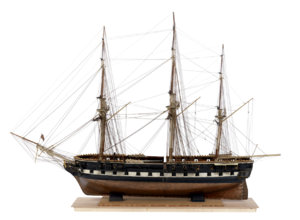Today in Naval History - Naval / Maritime Events in History
30th of December
please use the following link and you will find the details and all events of this day .....
1778 – Launch of French Héros, 74 gun Annibal class – designed by Joseph-Marie-Blaise Coulomb, at Toulon
Héros was a 74-gun ship of the line of the French Navy, known mostly for being the flagship of Pierre André de Suffren de Saint Tropez during the Anglo-French War.

1794 - HMS Blanche (1786 - 32), Cptn. Robert Faulknor, silenced a fort at the island of Desirade and captured French national schooner (8)
HMS Blanche was a 32-gun Hermione-class fifth rate of the Royal Navy. She was ordered towards the end of the American War of Independence, but only briefly saw service before the outbreak of the French Revolutionary Wars in 1793. She enjoyed a number of successful cruises against privateers in the West Indies, before coming under the command of Captain Robert Faulknor. He took the Blanche into battle against a superior opponent and after a hard-fought battle, forced the surrender of the French frigate Pique. Faulknor was among those killed on the Blanche. She subsequently served in the Mediterranean, where she had the misfortune of forcing a large Spanish frigate to surrender, but was unable to secure the prize, which then escaped. Returning to British waters she was converted to a storeship and then a troopship, but did not serve for long before being wrecked off the Texel in 1799.
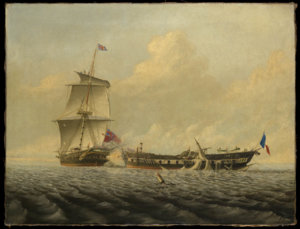
1796 - Collapse of the French expedition to Ireland
The French expedition to Ireland, known in French as the Expédition d'Irlande ("Expedition to Ireland"), was an unsuccessful attempt by the First French Republic during the French Revolutionary Wars to assist the outlawed Society of United Irishmen, a popular rebel Irish republican group, in their planned rebellion against British rule. The French intended to land a large expeditionary force in Ireland during the winter of 1796–1797 which would join with the United Irishmen and drive the British out of Ireland. The French anticipated that this would be a major blow to British morale, prestige and military effectiveness, and was also intended to possibly be the first stage of an eventual invasion of Britain itself. To this end, the French Directory gathered a force of approximately 15,000 soldiers at Brest under General Lazare Hoche during late 1796, in readiness for a major landing at Bantry Bay in December.
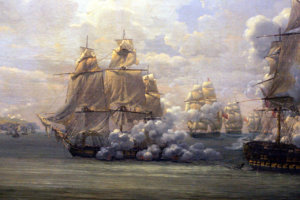
1915 - HMS Natal, a Warrior-class armoured cruiser, was sunk by an internal explosion near Cromarty with the loss of at least 390 crewmen and civilians.
HMS Natal was a Warrior-class armoured cruiser built for the Royal Navy in the first decade of the 20th century. She escorted the royal yacht in 1911–1912 for the newly crowned King George V's trip to India to attend the Delhi Durbar. During World War I the ship was assigned to the 2nd Cruiser Squadron of the Grand Fleet, but did not participate in any battles. Natal was sunk by an internal explosion near Cromarty on 30 December 1915 with the loss of at least 390 crewmen and civilians. Most of her wreck was slowly salvaged over the decades until the remnants were demolished in the 1970s so they were no longer a hazard to navigation. The remains of her wreck are designated as a protected place under the Protection of Military Remains Act 1986 as a war grave.

1915 - SS Persia was torpedoed and sunk without warning by German U-boat U-38, killing 343 of the 519 aboard
SS Persia was a P&O passenger liner, built in 1900 by Caird & Company, Inverclyde, Greenock, Scotland. It was torpedoed and sunk without warning on 30 December 1915, by German U-boat U-38.

1917 - HMT Aragon, Britain's first defensively armed merchant ship ("DAMS"), was sank by German submarine in the Mediterranean, killing 610 of the personnel aboard
HMT Aragon, originally RMS Aragon, was a 9,588 GRT transatlantic Royal Mail Ship that served as a troop ship in the First World War. She was built in Ireland in 1905 and was the first of the Royal Mail Steam Packet Company's fleet of "A-liners" that worked regular routes between Southampton and South American ports including Buenos Aires.
In 1913 Aragon became Britain's first defensively armed merchant ship ("DAMS") of modern times. In the First World War she served as a troop ship, taking part in the Gallipoli Campaign in 1915. In 1917 a German submarine sank her in the Mediterranean, killing 610 of the personnel aboard.
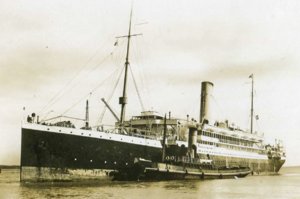
2006 – The Indonesian passenger ferry MV Senopati Nusantara sinks in a storm, resulting in at least 400 deaths.
The MV Senopati Nusantara was an Indonesian ferry that sank in a storm on December 30, 2006. The Japanese-made ship was a scheduled passenger liner from the port of Kumaiin Central Kalimantan (Borneo) to Tanjung Emas port in Semarang, East Java. About 40 km (25 mi) off Mandalika Island, the ship sank during a violent storm in the Java Sea. At least 400–500 people are thought to have drowned.
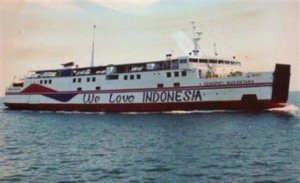
30th of December
please use the following link and you will find the details and all events of this day .....
Naval/Maritime History - 27th of August - Today in Naval History - Naval / Maritime Events in History
Today in Naval History - Naval / Maritime Events in History 28 December 1915 - Battle of Durazzo The First Battle of Durazzo was a naval battle of World War I. It was fought off Durazzo, Albania at the end of December 1915 and involved the navies of...
shipsofscale.com
1778 – Launch of French Héros, 74 gun Annibal class – designed by Joseph-Marie-Blaise Coulomb, at Toulon
Héros was a 74-gun ship of the line of the French Navy, known mostly for being the flagship of Pierre André de Suffren de Saint Tropez during the Anglo-French War.

1794 - HMS Blanche (1786 - 32), Cptn. Robert Faulknor, silenced a fort at the island of Desirade and captured French national schooner (8)
HMS Blanche was a 32-gun Hermione-class fifth rate of the Royal Navy. She was ordered towards the end of the American War of Independence, but only briefly saw service before the outbreak of the French Revolutionary Wars in 1793. She enjoyed a number of successful cruises against privateers in the West Indies, before coming under the command of Captain Robert Faulknor. He took the Blanche into battle against a superior opponent and after a hard-fought battle, forced the surrender of the French frigate Pique. Faulknor was among those killed on the Blanche. She subsequently served in the Mediterranean, where she had the misfortune of forcing a large Spanish frigate to surrender, but was unable to secure the prize, which then escaped. Returning to British waters she was converted to a storeship and then a troopship, but did not serve for long before being wrecked off the Texel in 1799.

1796 - Collapse of the French expedition to Ireland
The French expedition to Ireland, known in French as the Expédition d'Irlande ("Expedition to Ireland"), was an unsuccessful attempt by the First French Republic during the French Revolutionary Wars to assist the outlawed Society of United Irishmen, a popular rebel Irish republican group, in their planned rebellion against British rule. The French intended to land a large expeditionary force in Ireland during the winter of 1796–1797 which would join with the United Irishmen and drive the British out of Ireland. The French anticipated that this would be a major blow to British morale, prestige and military effectiveness, and was also intended to possibly be the first stage of an eventual invasion of Britain itself. To this end, the French Directory gathered a force of approximately 15,000 soldiers at Brest under General Lazare Hoche during late 1796, in readiness for a major landing at Bantry Bay in December.

1915 - HMS Natal, a Warrior-class armoured cruiser, was sunk by an internal explosion near Cromarty with the loss of at least 390 crewmen and civilians.
HMS Natal was a Warrior-class armoured cruiser built for the Royal Navy in the first decade of the 20th century. She escorted the royal yacht in 1911–1912 for the newly crowned King George V's trip to India to attend the Delhi Durbar. During World War I the ship was assigned to the 2nd Cruiser Squadron of the Grand Fleet, but did not participate in any battles. Natal was sunk by an internal explosion near Cromarty on 30 December 1915 with the loss of at least 390 crewmen and civilians. Most of her wreck was slowly salvaged over the decades until the remnants were demolished in the 1970s so they were no longer a hazard to navigation. The remains of her wreck are designated as a protected place under the Protection of Military Remains Act 1986 as a war grave.

1915 - SS Persia was torpedoed and sunk without warning by German U-boat U-38, killing 343 of the 519 aboard
SS Persia was a P&O passenger liner, built in 1900 by Caird & Company, Inverclyde, Greenock, Scotland. It was torpedoed and sunk without warning on 30 December 1915, by German U-boat U-38.

1917 - HMT Aragon, Britain's first defensively armed merchant ship ("DAMS"), was sank by German submarine in the Mediterranean, killing 610 of the personnel aboard
HMT Aragon, originally RMS Aragon, was a 9,588 GRT transatlantic Royal Mail Ship that served as a troop ship in the First World War. She was built in Ireland in 1905 and was the first of the Royal Mail Steam Packet Company's fleet of "A-liners" that worked regular routes between Southampton and South American ports including Buenos Aires.
In 1913 Aragon became Britain's first defensively armed merchant ship ("DAMS") of modern times. In the First World War she served as a troop ship, taking part in the Gallipoli Campaign in 1915. In 1917 a German submarine sank her in the Mediterranean, killing 610 of the personnel aboard.

2006 – The Indonesian passenger ferry MV Senopati Nusantara sinks in a storm, resulting in at least 400 deaths.
The MV Senopati Nusantara was an Indonesian ferry that sank in a storm on December 30, 2006. The Japanese-made ship was a scheduled passenger liner from the port of Kumaiin Central Kalimantan (Borneo) to Tanjung Emas port in Semarang, East Java. About 40 km (25 mi) off Mandalika Island, the ship sank during a violent storm in the Java Sea. At least 400–500 people are thought to have drowned.




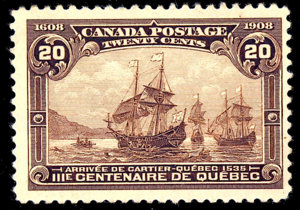

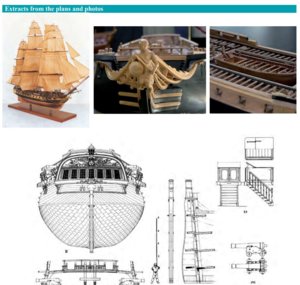

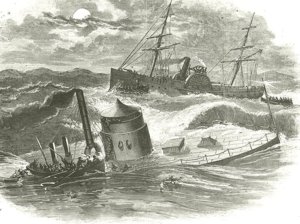
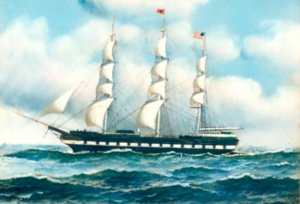

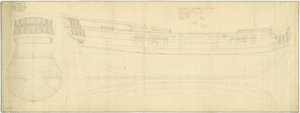

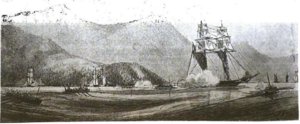

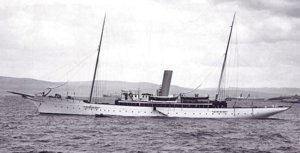
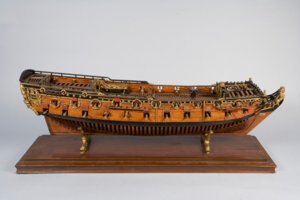
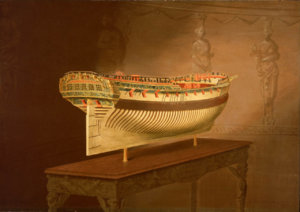

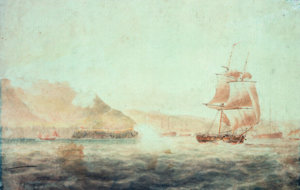
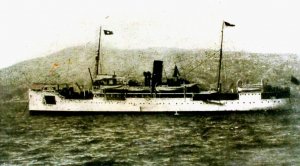
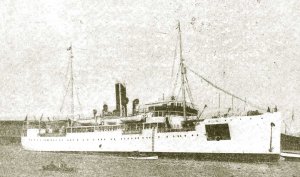
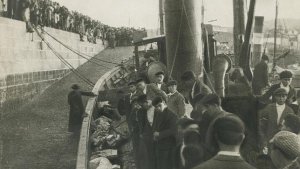

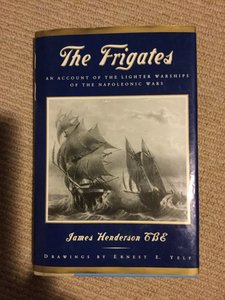
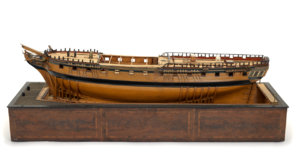



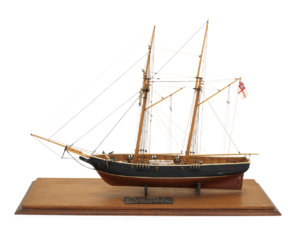

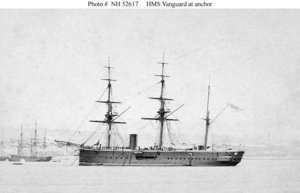
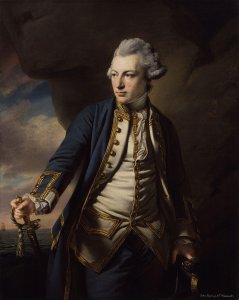

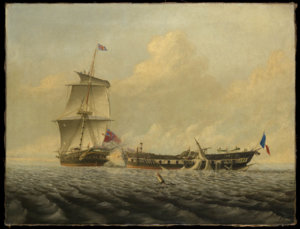
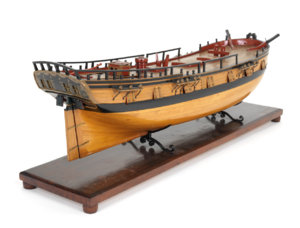



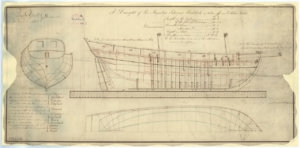
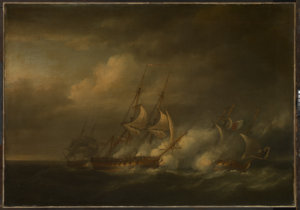
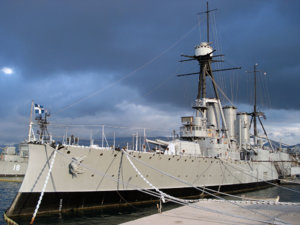
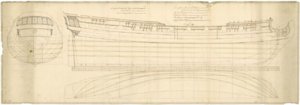
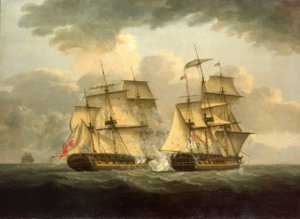

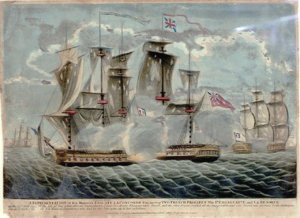

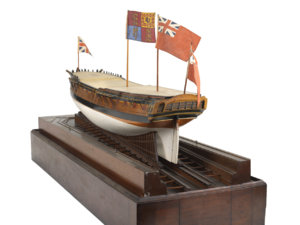
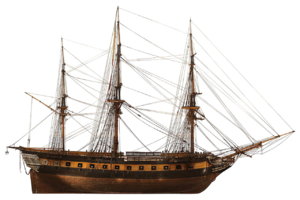

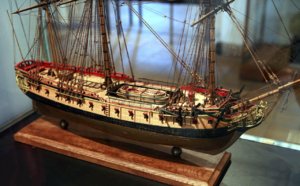
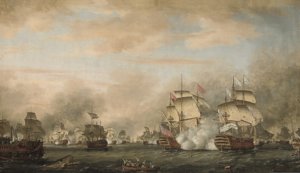




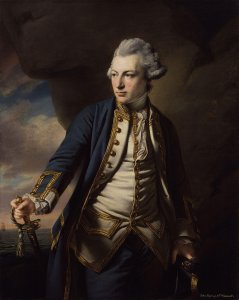
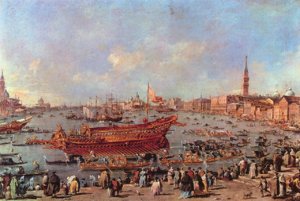


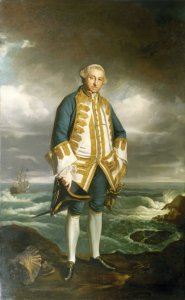

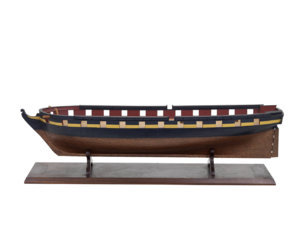

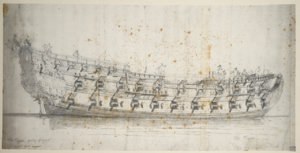

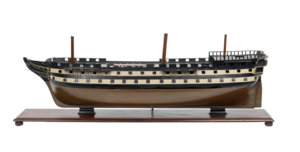
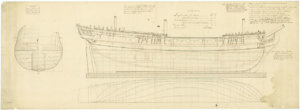
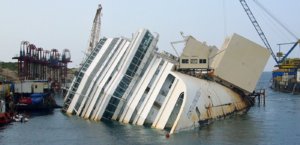
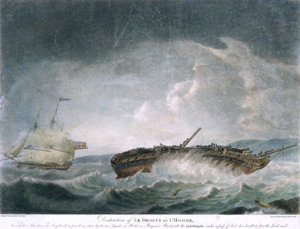
 ed in Manila Bay, Cooke pretended that his ships were French vessels and successfully lured successive boatloads of Spanish officials aboard, taking them prisoner in turn. Once he had determined from his captives the state of defences in Manila, that the treasure ship had been unloaded at Cavite and that the Spanish squadron was undergoing extensive repairs and thus unavailable for operations, he sent a raiding party against a squadron of gunboats in the mouth of the Pasig River. Capturing the gunboats in a bloodless attack, Cooke then released his prisoners and sailed southwards, unsuccessfully assaulting Zamboanga before returning to Macau.
ed in Manila Bay, Cooke pretended that his ships were French vessels and successfully lured successive boatloads of Spanish officials aboard, taking them prisoner in turn. Once he had determined from his captives the state of defences in Manila, that the treasure ship had been unloaded at Cavite and that the Spanish squadron was undergoing extensive repairs and thus unavailable for operations, he sent a raiding party against a squadron of gunboats in the mouth of the Pasig River. Capturing the gunboats in a bloodless attack, Cooke then released his prisoners and sailed southwards, unsuccessfully assaulting Zamboanga before returning to Macau.

